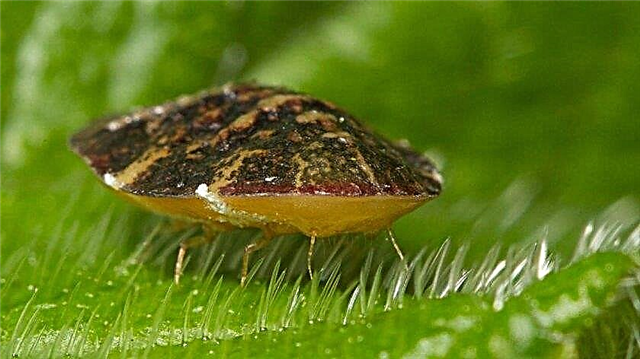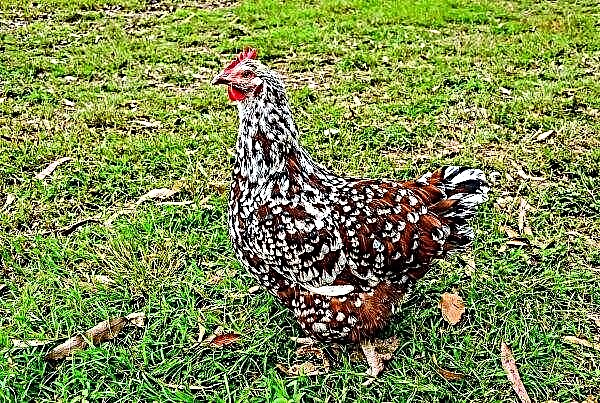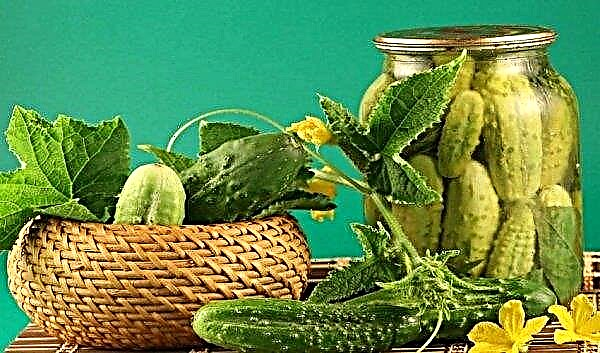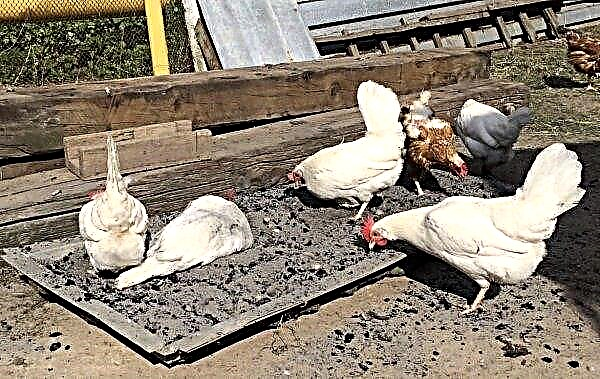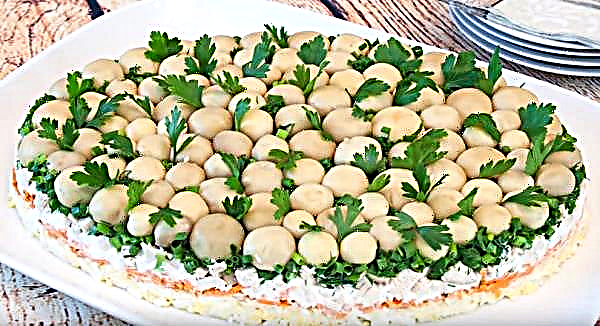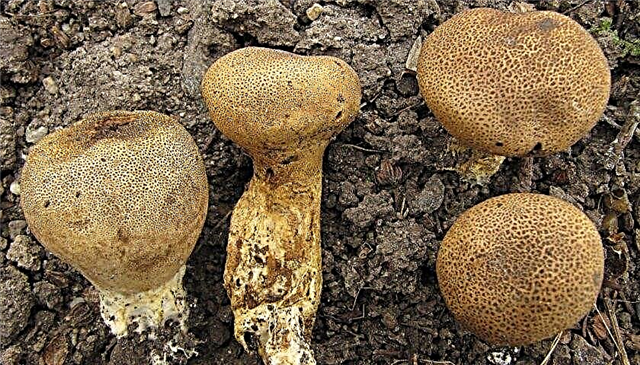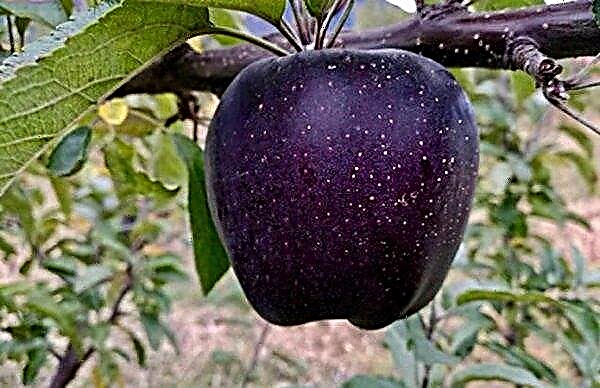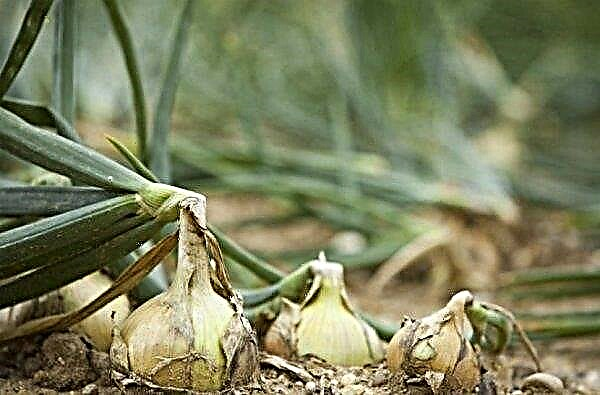One of the most common indoor succulents is, of course, a cactus. Culture is distinguished by its unpretentiousness, and therefore many prefer it to them. However, today other, no less decorative and long-flowering succulent flowers are becoming available, including Graptopetalum. This article invites you to familiarize yourself with the detailed description of the plant, its species, as well as the features of home care and possible difficulties in growing.
Graptopetalum: description and characteristics of the plant
Graptopetalum, or, as it is also called, the “Mexican star” is a small decorative succulent belonging to the family Tolstyankovye. It has about 30 representatives of this culture, which are strikingly different in size - these can be very tiny plants, whose height does not exceed 5 cm, or real meter giants. In its natural habitat, the flower can be found in the arid regions of Mexico and South America, where it usually grows on mountain slopes and near coniferous forests.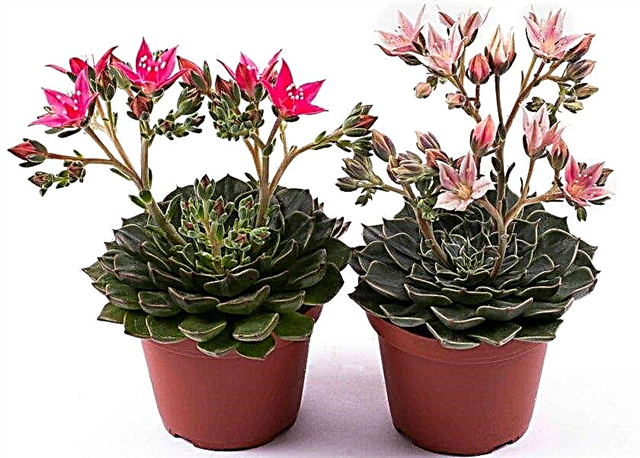 The plant is a miniature perennial shrub with small massive stems. In the wild, the average height of Griptopetalum usually varies from 60 to 80 cm, however, in apartment conditions this is an extremely rare indicator - usually a flower does not exceed 30–40 cm. Small light green leaves forming a dense apical rosette are capable of retaining moisture for a long time, to then spend it economically in a dry period.
The plant is a miniature perennial shrub with small massive stems. In the wild, the average height of Griptopetalum usually varies from 60 to 80 cm, however, in apartment conditions this is an extremely rare indicator - usually a flower does not exceed 30–40 cm. Small light green leaves forming a dense apical rosette are capable of retaining moisture for a long time, to then spend it economically in a dry period.
Of particular interest are the flowers of culture: star-shaped, they form an inflorescence resembling a semi-umbrella, of a very different shade - from bright yellow to cream. Especially in this case, large pointed stamens stand out, several times greater than the number of petals. Additional decorativeness of the flower can be achieved by the complete absence of the stem, which is not uncommon for graptopetalum.
Did you know? In Europe, Graptopetalum became known only at the end of the 20th century thanks to a Mexican researcher of German descent and expert on Mexican cacti Alfred Lau.
However, in house culture, these plant species are not as popular as stem specimens. Graptopetalum blooms for several weeks in the warm season - from the end of May to July, during which the flowers hold with enviable resistance and do not fall. The plant is great for growing at home, and for many years it is able to delight the eye with its unusual spectacular appearance, unpretentiousness in care and long flowering.
Types of Graptopetalum
The genus Graptopetalum includes only 13 species. Most of them are intended for growing in greenhouses, but there are also instances popular among indoor gardeners - each in its own way is beautiful and unique. The following species will be especially interesting for the fan of succulents:
- Graptopetalum bellum - Perhaps the most common among gardeners. The plant is quite compact - in the natural environment of growth its highest varieties reach no more than 35 cm. A distinctive feature of the species is a flattened leaf rosette that hangs from the pot and “lies” directly on the ground, and since Graptopetalum is a slow-growing flower, it’s different in apartment conditions form is an extremely rare phenomenon. In young succulents, the leaves for some time grow vertically upwards, but by the time of the new generation they gradually take a horizontal position. Small flowers are pale pink, star-shaped, with pointed petals and bright red stamens. Dissolving in late May, they bloom throughout the growing season, delighting their hosts with their unusual shape and color. Subject to proper care, the plant is able to maintain its decorativeness and attractiveness for years. One of the advantages of the view is also its quick adaptation to adverse conditions, in particular, to a lack of light.
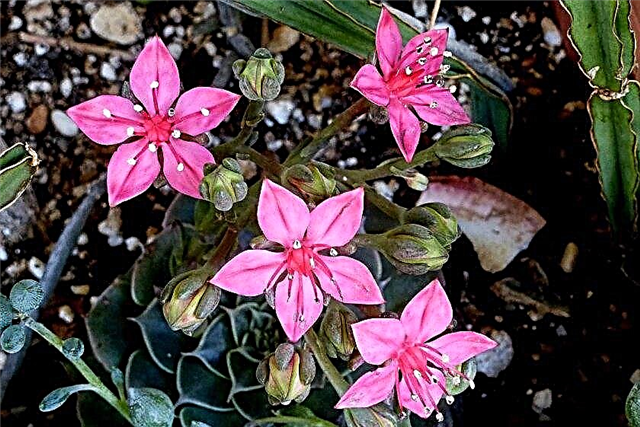
- Graftopetalum Paraguayan, or “stone flower” - a perennial herb with a shortened stem and juicy gray leaves forming a dense basal rosette. Paraguay is considered to be the birthplace of succulents. Interestingly, as the plant develops, the trunk will gradually lie down to the ground, so young specimens can be easily identified by an upright stalk. Paraguayan graptopetalum leaf rosettes are significantly less voluminous and leafy compared to the previous species. A few egg-shaped leaf plates are covered with a barely perceptible wax coating, which gives them a slightly bluish color. There are also options with a clearly visible pink tint. Long peduncles effectively rise above the plant, reaching 20–25 cm. Miniature flowers are rather discreet - pale white in color, with several reddish dots, they have almost no decorative value. The flowering periods of the species are similar to other varieties of Griptopetalum - from May to July.
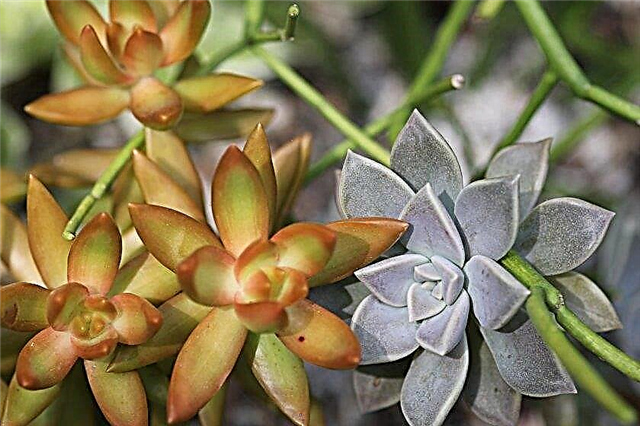
- Graptopetalum nitiferous - attracts gardeners with its exoticism and long flowering. In the wild, mainly grows in areas of Western Mexico. Many breed this succulent solely for highly decorative unusual outlets, the leaves of which are characterized by the presence of small bristles, similar to threads. Leaf plates are small - only 3-4 cm in diameter, with pointed bright red ends, in one outlet can reach up to 200 pieces. Quite voluminous rosettes allow long peduncles to hardly rise above the plant. Large white flowers, covered with barely noticeable red spots, form an inflorescence of 5-7 pieces. For this variety of graptopetalum characterized by a prolonged picturesque flowering and upright stalk, slightly woody at the base. Those wishing to grow Mexican exotism in an apartment environment should bear in mind that the plant is quite demanding and extremely violently reacts to a lack of lighting and poor-quality soil.
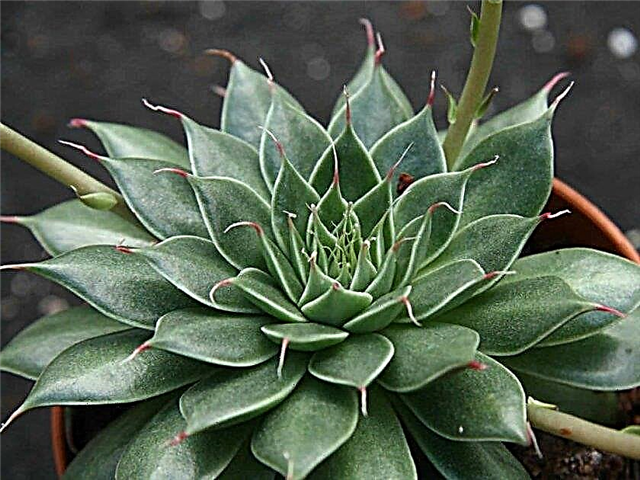
- Five-stamen graptopetalum - The least common among flower growers, but a very interesting variety. This view is in many respects similar to the previous one, with the exception of a more compacted outlet, the sheet plates of which are not triangular, but rounded. The leaves themselves are quite dense, pointed to the edge, slightly cast with a lilac hue. However, the most important difference between succulents is the peduncle. At the five-stamens Griptopetalum it is so long and branched that the plant takes the form of a small tree with a thick elegant crown. The flowers are unremarkable - their white surface is decorated with subtle reddish dots. It will most effectively look in the greenhouse or on the windows of houses in small spherical pots.
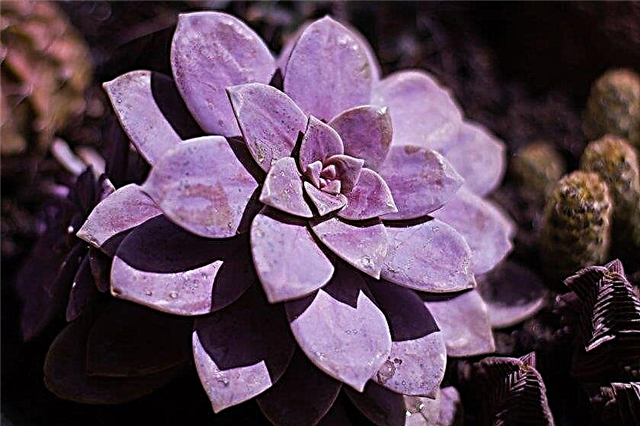
Planting and placing plants in the room
Graptopetalum is perhaps one of the best succulents for growing at home. He gets along well with neighbors - both representatives of his culture, and many others. Below we consider in more detail the conditions that need to be created for the “Mexican star”.
What kind of lighting is needed for the plant
The need for bright light in a flower is quite high - it perfectly tolerates direct sunlight. When choosing a place for succulents, it is worth giving preference to windows of the southern direction, however, more shade-tolerant varieties of plants can easily be placed on western windows. In case of insufficient lighting in an apartment, you can use artificial lighting - special fluorescent lamps.
Important! In order to avoid burns on the leaves, never lean the flower against the glass.
It is especially necessary to do this in the winter, when a lack of light will most adversely affect the plant. In the warm season, when the temperature is not set below + 16 ° C, Graptopetalum is even recommended to be taken outside for a short time. The optimal length of daylight for a flower should be at least 10 hours.
Requirements for temperature and humidity
The temperature regime, which must be established for succulent, directly depends on its growing season - in summer, Graptopetalum grows and develops most qualitatively at temperatures from + 24 ° С to + 27 ° С. However, with the advent of autumn, that is, with the beginning of the flower’s entry into dormancy, this indicator needs to be significantly reduced - to +10 ... + 12 ° C and the plant is rearranged in a cool room or on the western windowsill.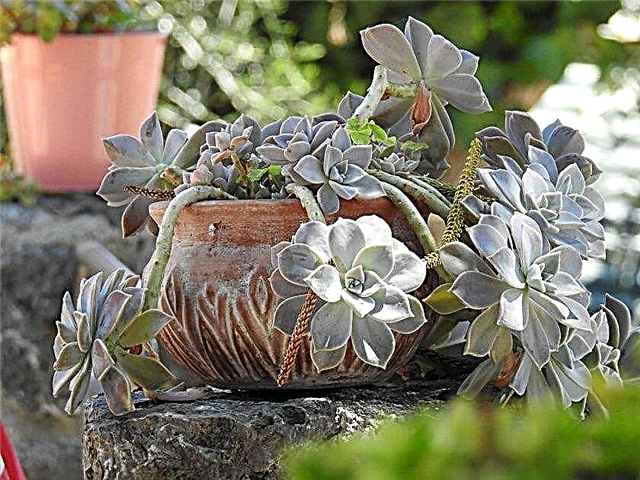 As for air humidity, Graptopetalum prefers dry air and feels quite comfortable in apartment conditions with low humidity. The flower does not need any additional manipulations to artificially increase this indicator.
As for air humidity, Graptopetalum prefers dry air and feels quite comfortable in apartment conditions with low humidity. The flower does not need any additional manipulations to artificially increase this indicator.
What should be the substrate for planting
The soil for Graptopetalum should be selected light, quite loose, easily passing air and moisture. It is best to purchase a ready-made soil mixture in special stores marked "for cacti and succulents," however, if you wish, you can make the substrate yourself, armed with the necessary components.
Experienced flower growers recommend using the following compounds for the plant:
- 2 parts of coniferous land, 1 part of peat, 3 parts of coarse sand;
- 2 parts of sheet land and 1 part of coarse sand;
- 1 part of the purchased mixture, 1 part of crumb brick, 1 part of river sand;
- 3 parts coarse sand and 1 part sod land.
Did you know? The second name of Graptopetalum — spotted petal.
The unpretentiousness of the plant allows it to transfer even a substrate extremely poor in nutrients, however, if you want to admire the bizarre flowering of succulent for a long time, it is better to take care of high-quality, well-drained soil in advance.
How to care for graptopetalum at home
In addition to high decorativeness, the Mexican exot is famous among flower growers for its unpretentiousness in cultivation. Caring for a flower will not be difficult - it is only important to follow standard agricultural procedures in a timely manner, and Graptopetalum will thank you with beautiful long-term flowering and a neat look for many years to come.
Features of watering
During a period of increased growth, Graftopetalum should be watered moderately - do not allow fluid stagnation in the soil, but you should not let it dry. It will be best to wait until the soil dries to about the middle of the pot. Water for irrigation must be used at a steady and exclusively room temperature. In the dormant period, that is, in late autumn, watering the flower is sharply limited. As a result, this procedure should be reduced to 1 time in 3-4 weeks. In winter, the substrate in the flower pot should be slightly moist.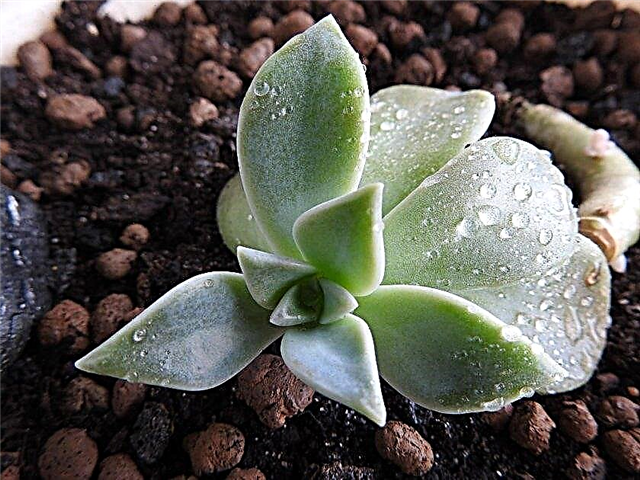
Plant nutrition
In the wild, succulents tend to grow in areas with extremely poor nutrient soil - dry and stony. Based on this, the plant does not need additional minerals, and for many years it can live perfectly without them.
If you wish, you can top-up Graptopetalum with a special liquid fertilizer for cacti and succulents, but not more than once a month. During the dormant period, it is strictly forbidden to feed the flower - from the beginning of autumn to the middle of spring, refrain from fertilizing.
Pruning
Graptopetalum does not feel an urgent need for pruning, therefore it is enough to just periodically clean the pot from fallen leaves.
Transfer
A transplant for graptopetalum is a rather painful procedure, so you should resort to it only in case of emergency, when the roots become very crowded in an old pot. Young specimens are transplanted about 1 time in 2-3 years. The capacity for graptopetalum is best to choose low and not very wide, since the root system of the succulent is rather poorly developed.
The bottom of the pot must be well-drained, so that moisture does not stagnate in the ground - pebbles are well suited for this purpose. It can also be laid out in a small amount on the surface of the substrate, so that the leaves do not come into contact with moist soil.
Before starting to change the capacity for succulent, it should be noted a significant difference between flower transplantation in the warm season and in winter. In spring and summer, you can fully perform this procedure in a fresh substrate, thoroughly clearing the roots, however, during the dormant period of the plant, it is recommended to use the transshipment method - to save most of the old soil and add a little fresh soil mixture.
General recommendations for transplanting graptopetalum are as follows:
- After creating a drainage layer at the bottom of the tank, partially fill it with fresh soil mixture.
- Take out the succulent from the previous container, carefully inspecting the roots - damaged ones must be cut off right away.
- Carefully position the plant in a pot so that its roots do not turn up.
- Fill the remaining empty space with a substrate and lightly tamp to fix the flower in it.
- Some time after transplanting, watering the plant is strictly prohibited - Graptopetalum will need about a week to adapt to a new place. After this period, resume the procedure as before.
Graftopetalum reproduction
Propagation of succulents is possible in several ways using:
- seed;
- cuttings;
- child outlets.
The most suitable period for this procedure is spring and summer, because in the cold season, plants, due to the lack of light and heat, can easily rot. The simplest and most convenient way of propagating Griptopetalum is separation of the side and apical outlets, which before this must be slightly dried - one day will be enough. After that, the outlets are allowed to dry in the fresh air for several days until a small film is formed at the cut site.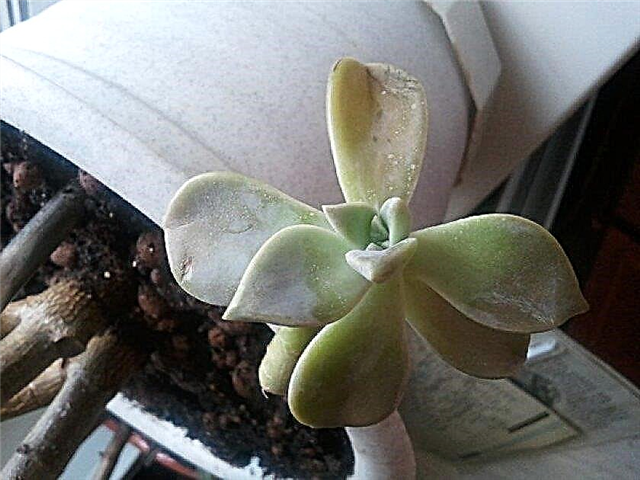 Further rooting of outlets is possible both in peat and in sand, which is covered with a jar or polyethylene, periodically aerating and spraying. The period of root formation depends on many factors: soil, season, environment and lighting, but usually it takes no more than 2-3 weeks. After their appearance, rosettes are transplanted into separate containers and grown as independent plants.
Further rooting of outlets is possible both in peat and in sand, which is covered with a jar or polyethylene, periodically aerating and spraying. The period of root formation depends on many factors: soil, season, environment and lighting, but usually it takes no more than 2-3 weeks. After their appearance, rosettes are transplanted into separate containers and grown as independent plants.
Important! For a better and faster development of the root system, it is recommended that the lower parts of sockets and cuttings be treated with sodium humate — for this purpose a drug is suitable «Heteroauxin».
A faster way to breed succulents is leafy cuttings. They are treated the same way as with sockets - they are first dried during the day, after which the petiole must be buried in the ground. Unlike the previous method, it is not recommended to water the cuttings or cover them with any material on top, since there is a high probability of rot on them.
In the case of correctly done manipulations and created conditions for the future plant, the roots will appear in a week, and a month later the full formation of the young Graptopetalum will begin to take place. As for flower propagation by seeds, this method is extremely long, laborious and does not guarantee absolute success, and therefore is almost not popular among flower growers.
Possible growing difficulties
Graptopetalum has a fairly high resistance to pests, since the surface of its foliage is covered with wax, which reliably protects from insects. Diseases are also not afraid of exotics, if you provide him with quality care - otherwise it can easily be rotted. Often this is the result of excessive watering and the lack of a drainage layer at the bottom of the pot, which is why water stagnates.
If you find this problem, you immediately need to change the capacity - to do this, remove the flower from the previous pot, carefully getting rid of rot and damaged parts, treat the roots with a weak solution of potassium permanganate and plant the plant in a new pot. In case of using an old container, it must be thoroughly washed with water and disinfected.
Of the pests, the following are the most dangerous for succulents:
- Spider mite. Signs of the appearance of this pest can be small reddish spots on the stem, which later become covered with bark. Plant organs affected by insects lose their ability to return to their original color, becoming more and more faded and invisible with age. The reason for the occurrence of a tick is often the lack of timely watering, since the pest most actively reproduces in a dry environment. The fight against insects occurs with the help of insecticides - such drugs as Actellik, Sunmayt and Nissoran are well suited for this.
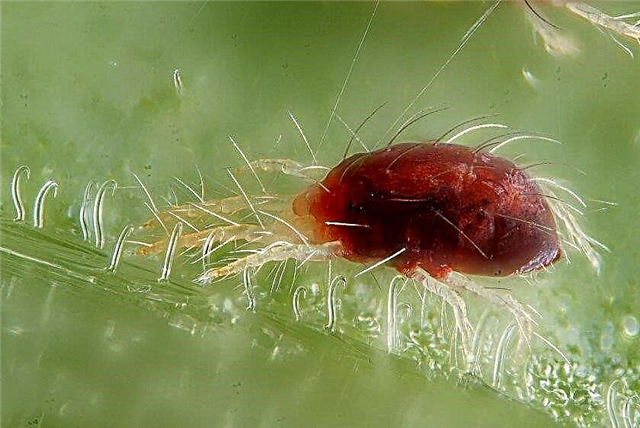
- Mealybug. Also known as "hairy aphids." It affects mainly the stem of the plant. It is easy to recognize the pest by the white secretions on the lower part of the stem, which serve the females to lay eggs. Usually these small lumps are placed where moisture is not able to penetrate. The result of the life of the insect can be a significant delay in the growth and development of the flower. By hitting the vegetative organs of the succulent, the mealybug in the shortest possible time can lead to its death. Regular inspection of the plant for its presence, keeping the plant under proper conditions, and removing dried leaves are considered preventive measures. Of the insecticides, the most effective drugs are Tsvetofos, Decis and Intavir.
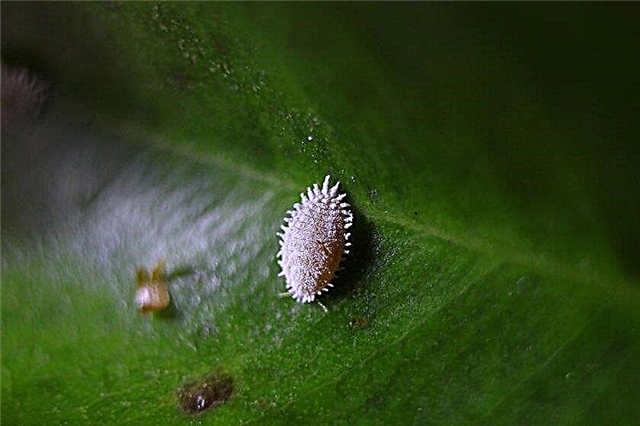
- Shield. This pest is not widespread among succulents, but from this it is no less harmful. It is almost impossible to detect an insect with the naked eye - even upon closer inspection, it looks like a slightly convex brown speck. This spot is the shields under which adults are hiding. The pest is characterized by the defeat of all the ground organs of the plant - gnawing through the tunnels in them, the scutellum rapidly weakens the flower, which as a result loses its bright color and lags in development and growth. If you are not lucky enough to find an insect on your succulent, get ready for a long struggle - the plant will have to be repeatedly treated with insecticides at intervals of about a week in order to destroy not only adults, but also larvae. Due to the rapid reproduction, the scabbard is extremely resistant to most drugs, so they must be alternated periodically between each other.
